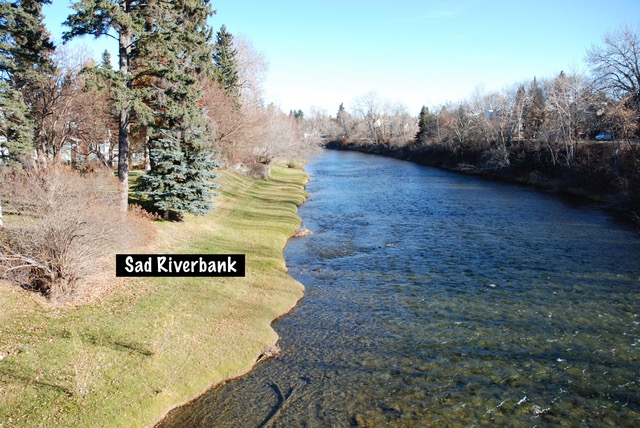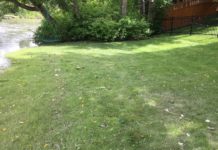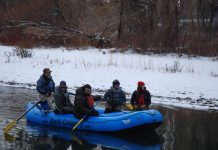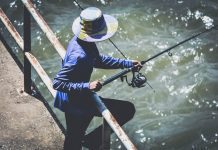
Riverbanks, by nature, are fragile environments. In the winter and springtime riverbanks are subjected to the grinding forces of ice as water ebbs and flows and ice levels change. Depending on the mountain snowpack, temperatures and precipitation the Elbow River can turn into a raging muddy-coloured torrent in late spring/early summer. The energized water can collapse banks and in severe cases rip down trees and, well, we know what happened in 2013.


Steep earthen banks, banks on the outside curve of a river bend and shallow-rooted (i.e. Kentucky bluegrass) vegetated banks are most susceptible to the erosive forces of water.
If concerned about your real estate floating down the river assess the health of your stream bank.
Streambank Riparian Health Checklist (adapted from Cows & Fish – Alberta Riparian Management Society – http://cowsandfish.org)
- Is 85% of your riverbank covered with vegetation of any kind?
- Is 50% or more of the plants on the riverbank taller than knee height?
- Are willow, dogwood and/or silverberry (wolf willow) growing along the stream edge?
- Is there a diversity of ages among trees and shrubs on the riverbank?
- Is Kentucky bluegrass less than 15% of the bank vegetation?
- Are weeds (thistles, scentless chamomile, knapweed and dandelions) less than 15% of the bank vegetation?
- Are there exposed and eroding soils or slumping banks due to recreational activities?
- Are there no retaining walls, riprap or bank stabilizing features (i.e. man made structures)?
- Are there wildlife sightings or fish present in the water?
- Are plants vigorous and healthy, producing plant litter and potential foraging opportunities?
If you answered yes to 7 or more questions it is likely that your riverbank is healthy. The tangled mass of plant roots is holding on to the soil. Above ground the vegetation is slowing the water dissipating its erosive energy. In addition, the vegetation is trapping and filtering contaminants from runoff, water quality is improved, important habitat for birds, insects, animals and fish is provided and resiliency of the riverbank to recover from floods, droughts and/or human-caused disturbance is increased.
If you answered yes to less than 5 of the questions it is likely that your streambank is in poor health and your real estate (i.e. land) might be at risk. So plant your riverbank and reap the many benefits from one single action. Your bank will thank you in so many ways.









